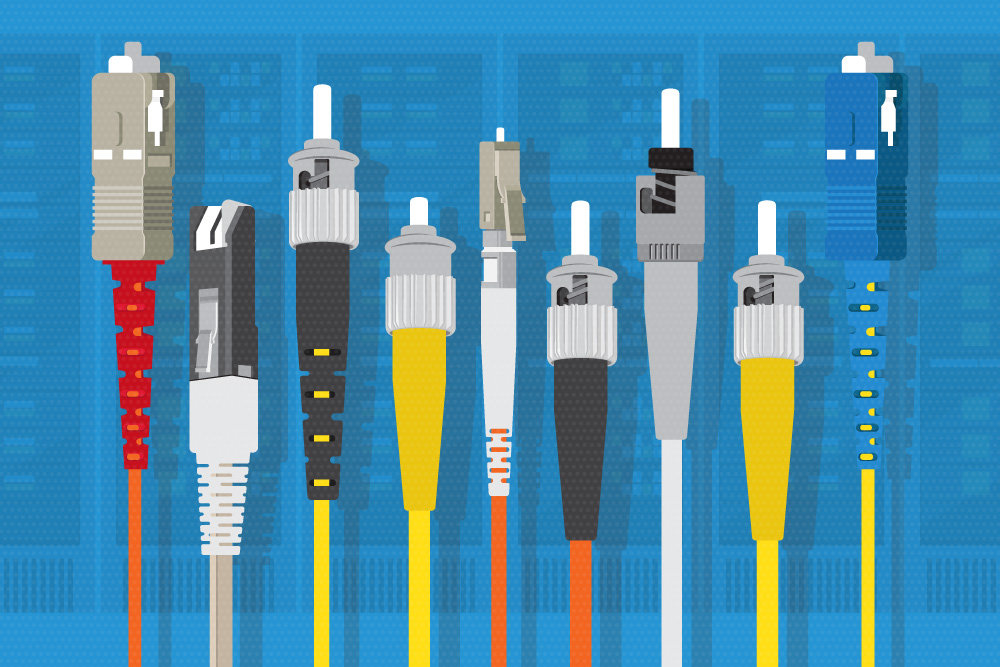When you take a look at businesses right now, you can see that there is a prevalent need to transfer big data. That being said, the need for business proprietors to optimize their computer network to stay competitive in the business world is rising. One way to do that is choosing the right fiber optic cable for your network. Because of the different options of fiber optic cables available, picking the right one becomes challenging for business owners. For that reason, they turn to certified fiber optic technicians to install fiber optic cables in their establishments.
Although all fiber optic cables transmit light, there are different types of cables that can help boost the performance of your communication system in different ways. Hence, the type of fiber optic cable you choose should reflect the computer network needs of your business.
Here are the different types of fiber optic cables and their uses:
Single-Mode Fiber Optic Cable
Businesses that need to enhance their network’s capability to perform long distance communication needs a single mode fiber optic cable. This cable has the smallest core and the thickest sheathing – specifically designed to carry a single signal source over great distances with a low chance of failure. Its small diametric core allows one mode of light to promulgate, causing the number of light reflections it creates to decrease. And as the light that passes through the core decreases, its attenuation lowers. Because of that, the signal this cable transmits is enabled to travel further, making it excellent for businesses that require long distance communication.
Multimode Fiber Optic Cable
In contrast with the single-mode fiber optic cable, multimode fiber optic cables are capable of carrying multiple signals. Its large diametrical core is designed to enable multiple modes of light to promulgate. And, as it passes through the core, it creates more light reflections, unlike the single-mode cable. Although it can transfer data in a shorter distance, it enables the computer network to transfer more data at any given time. That being said, if your company needs to transmit more data, multimode fiber optic cable is what you need. Moreover, there are two types of multimode cable available in the market: the step-index multimode cables and graded-index multimode cables.
-
Step-Index Multimode Cables
This multimode fiber optic cable is best suited for data that are transmitted over short distances. The signals of this type of cable are fed through a thick core where light enters at different angles. That being said, the digital pulse of this cable doesn’t have a well-defined shape. Some of these light rays that make up the digital pulse travel a direct route. Others bounce off the cladding, forming a zigzag pattern. Moreover, these different groups of light rays arrive at the receiving point separately.
-
Graded-Index Multimode Cables
If step-index multimode cables are best suited for data transmission over a limited distance, graded index multimode cables are appropriate for local area networks. This cable can handle multiple wavelengths of light all at once, enabling you to communicate clearly and transfer larger data. Unlike the step index cables, the light in the core of graded index cables travels helically off the cladding. This reduces the distance the digital pulse can travel and lessens its dispersion.



